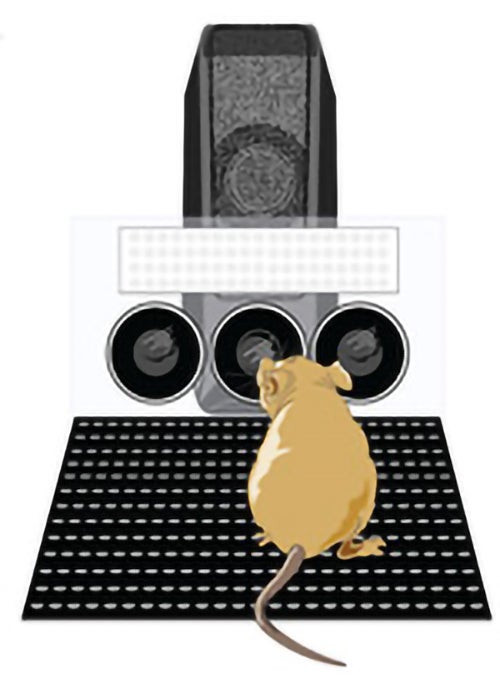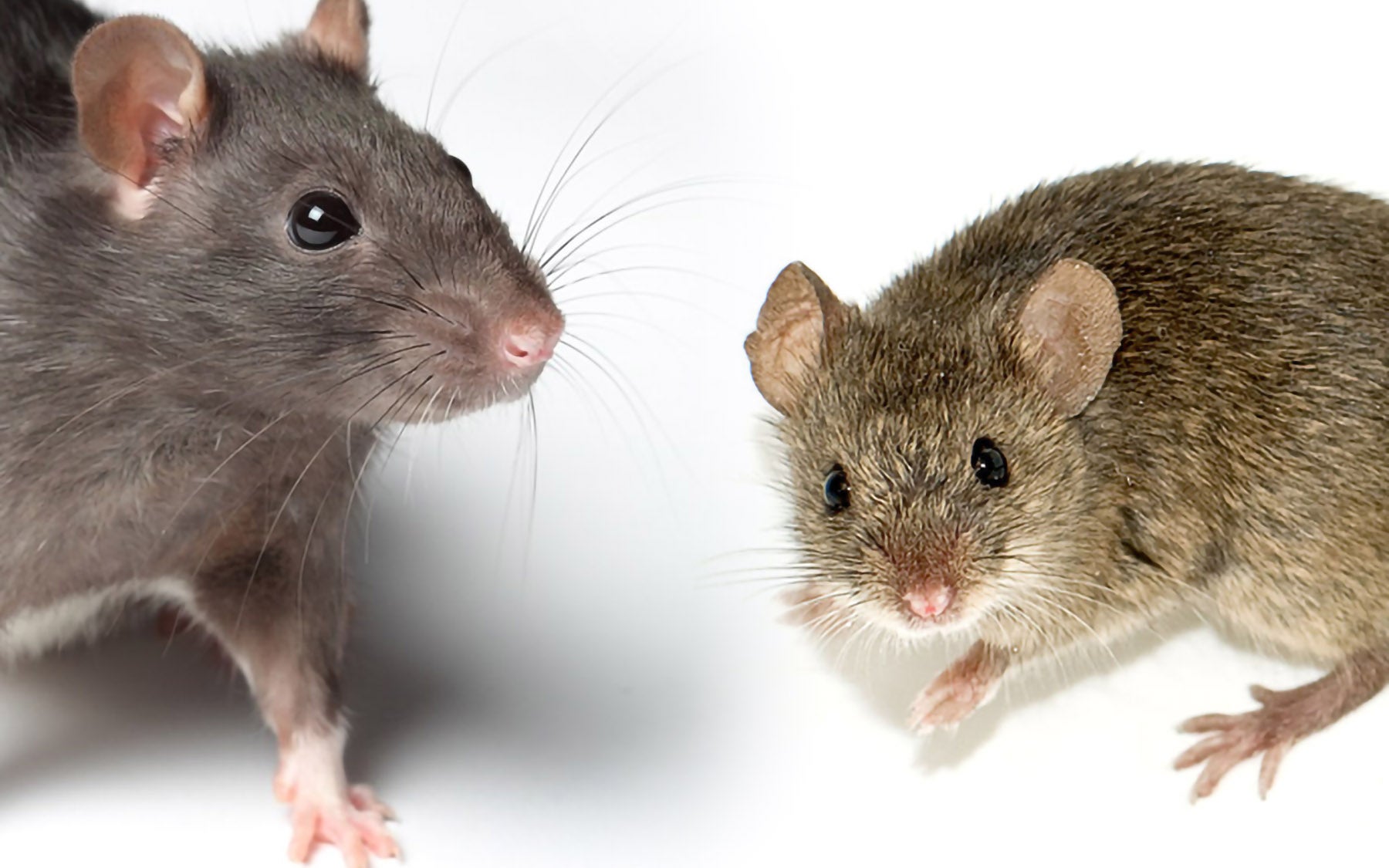Findings establish a model to study how the brain processes multisensory information, a process that goes awry in autism spectrum disorders
Cold Spring Harbor, NY — The next time you set a trap for that rat running around in your basement, here’s something to consider: you are going up against an opponent whose ability to assess the situation and make decisions is statistically just as good as yours.
A Cold Spring Harbor Laboratory (CSHL) study that compared the ability of humans and rodents to make perceptual decisions based on combining different modes of sensory stimuli—visual and auditory cues, for instance—has found that just like humans, rodents also combine multisensory information and exploit it in a “statistically optimal” way—or the most efficient and unbiased way possible.
“Statistically optimal combination of multiple sensory stimuli has been well documented in humans, but many have been skeptical about this behavior occurring in other species,” explains Assistant Professor Anne Churchland, Ph.D., a neuroscientist who led the new study. “Our work is the first demonstration of its occurrence in rodents.” The study appears in the March 14 issue of the Journal of Neuroscience.

This discovery is exciting, according to Churchland, because it suggests that the same evolutionarily conserved neural circuits underlie this behavior in both humans and rodents. “By observing this behavior in rodents, we have a chance to explore its neural basis—something that is not feasible to do in people,” Churchland says.
Such investigations, she hopes, will explain why patients with autism spectrum disorders (ASDs) integrate sensory information in an atypical and less-than-optimal way, relative to healthy people. “We can use our rat model to ‘look under the hood’ to understand how the brain is combining multisensory information and be in a better position to develop treatments for these disorders in people.”
Churchland and her team tested multisensory integration in humans and rats by designing a task that gauged how the subjects made decisions when presented with visual and auditory stimuli, separately and in tandem. “We threw in a couple of additional features that made the task challenging enough to simulate a real-life situation,” Churchland adds.
Her team also designed the task keeping in mind the caveat that our brains process visual information much slower than auditory information. “Our task included stimuli that were much more dynamic and temporal (time-varying) compared to other studies that have tested multisensory integration, which we regard an important advance in the field,” explains Churchland.
Her team now reports that both humans and rats made more accurate decisions when presented with combined multisensory information and that this decision-making was close to being statistically optimal—a mathematical prediction of how well each subject could possibly perform in the task.
The researchers have also found evidence that offers fresh insight into how the brain deals with the challenge of having a visual processing system that’s slower than the auditory processing system. “Even though visual and auditory stimuli don’t come in exactly at the same time, we think that the brain keeps events in sequence by processing each sensory cue in parallel, fusing the two signals at a later stage and then making a judgment about the fused signal,” elaborates Churchland.
Her team next plans to investigate how the two streams of information are being combined and how the brain combines sensory experience with memory. “Now that we have a good animal model in which to investigate these questions, the world—or the brain—is our oyster,” she says.
Written by: Hema Bashyam, Science Writer | publicaffairs@cshl.edu | 516-367-8455
Funding
This work was funded by grants from the National Institute of Health and the John Merck Fund.
Citation
“Multisensory decision-making in rats and humans,” appears in the Journal of Neuroscience on March 14. The full citation is: David Raposo, John P. Sheppard, Paul R. Schrater, and Anne K. Churchland. The paper can be downloaded at http://www.jneurosci.org/ using the DOI:10.1523/JNEUROSCI.4998-11.2012
